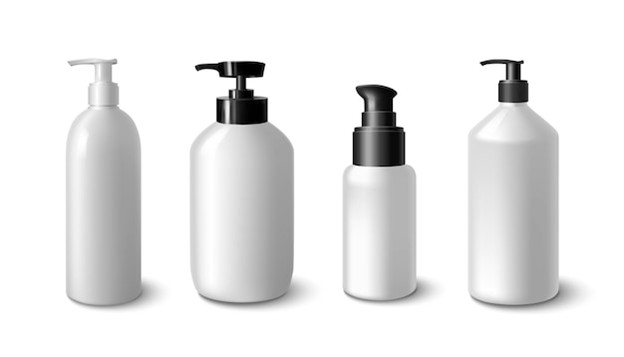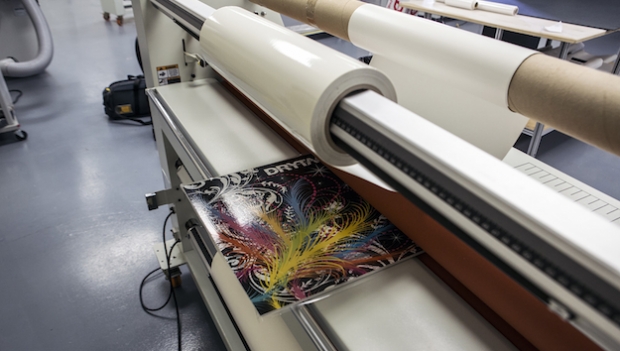
Tapes are used in various industries for packaging, bonding, and sealing applications. However, their performance can be affected by environmental factors such as temperature and humidity. In this blog, we’ll discuss the impact of temperature and humidity on tape performance and how to choose the right tape for your specific application.
Temperature
Temperature can have a significant impact on tape performance. High temperatures can cause tapes to soften, melt, or lose their adhesion, while low temperatures can make tapes brittle and less effective. Therefore, it’s essential to choose tapes that are designed to withstand the temperature extremes of your application.
For example, if you’re using tapes for automotive assembly, you need tapes that can withstand the high temperatures of the paint curing process. In contrast, if you’re using tapes for refrigeration and air conditioning, you need tapes that can maintain their adhesion and performance at low temperatures.
Humidity
Humidity can also affect tape performance, particularly for applications that require long-term adhesion. High humidity can cause tapes to absorb moisture, which can weaken their adhesion and lead to tape failure. Therefore, it’s crucial to choose tapes designed to resist humidity and moisture.
For example, if you’re using tapes for outdoor signage or marine applications, you need tapes that can resist the effects of moisture and humidity. In contrast, if you’re using tapes for indoor applications, you may not need tapes with high humidity resistance.
Choosing the Right Tape
To choose the right tape for your application, you need to consider the temperature and humidity conditions to that the tape will be exposed. Here are some factors to consider when selecting tapes:
- Temperature range: Choose tapes that can withstand the temperature extremes of your application. Look for tapes with a temperature rating that matches your application’s requirements.
- Humidity resistance: Choose tapes that are designed to resist humidity and moisture if your application requires long-term adhesion or exposure to wet conditions.
- Substrate compatibility: Choose tapes that are compatible with the substrate material you’re bonding or sealing. Some tapes may not adhere well to certain materials, such as oily or dirty surfaces.
- Application method: Choose tapes that are easy to apply and can be applied using the equipment and methods available in your facility.
- Cost-effectiveness: Choose tapes that provide the required performance at a reasonable cost. Consider the total cost of ownership, including the cost of the tape, labor, and potential rework or failures.
In conclusion, the impact of temperature and humidity on tape performance can be significant, and it’s essential to choose the right tape for your application. Consider the temperature and humidity conditions, substrate compatibility, application method, and cost-effectiveness when selecting tapes.
BLOG COURTESY: BAGLA GROUP







